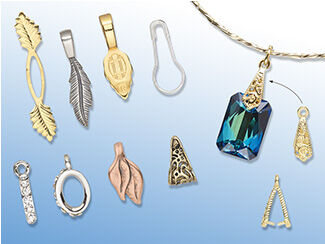A Guide to Bails
Ever wonder what a bail is? How do you use it and what should you look for to find what you need for your designs? All of that has been compiled in one handy location.


